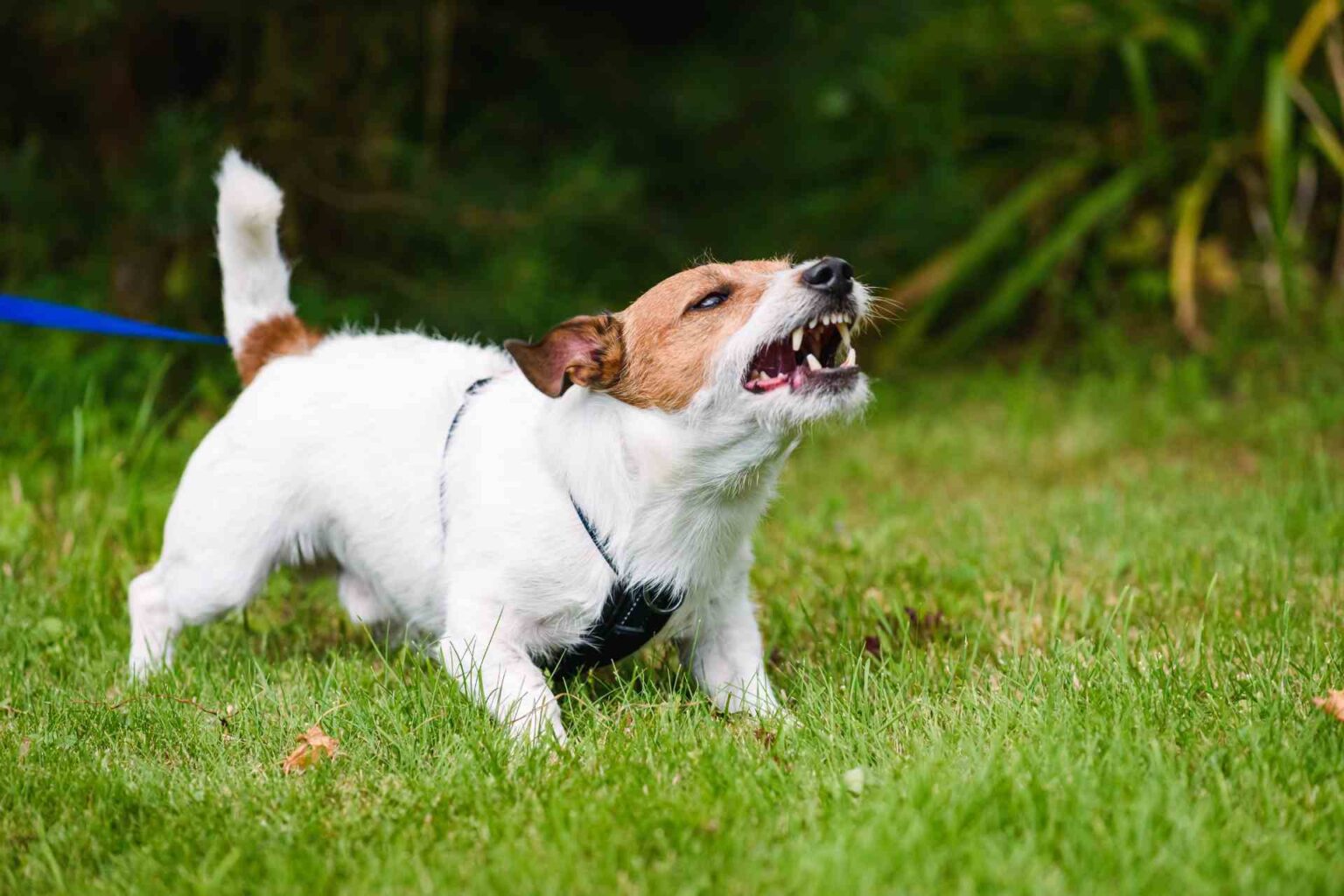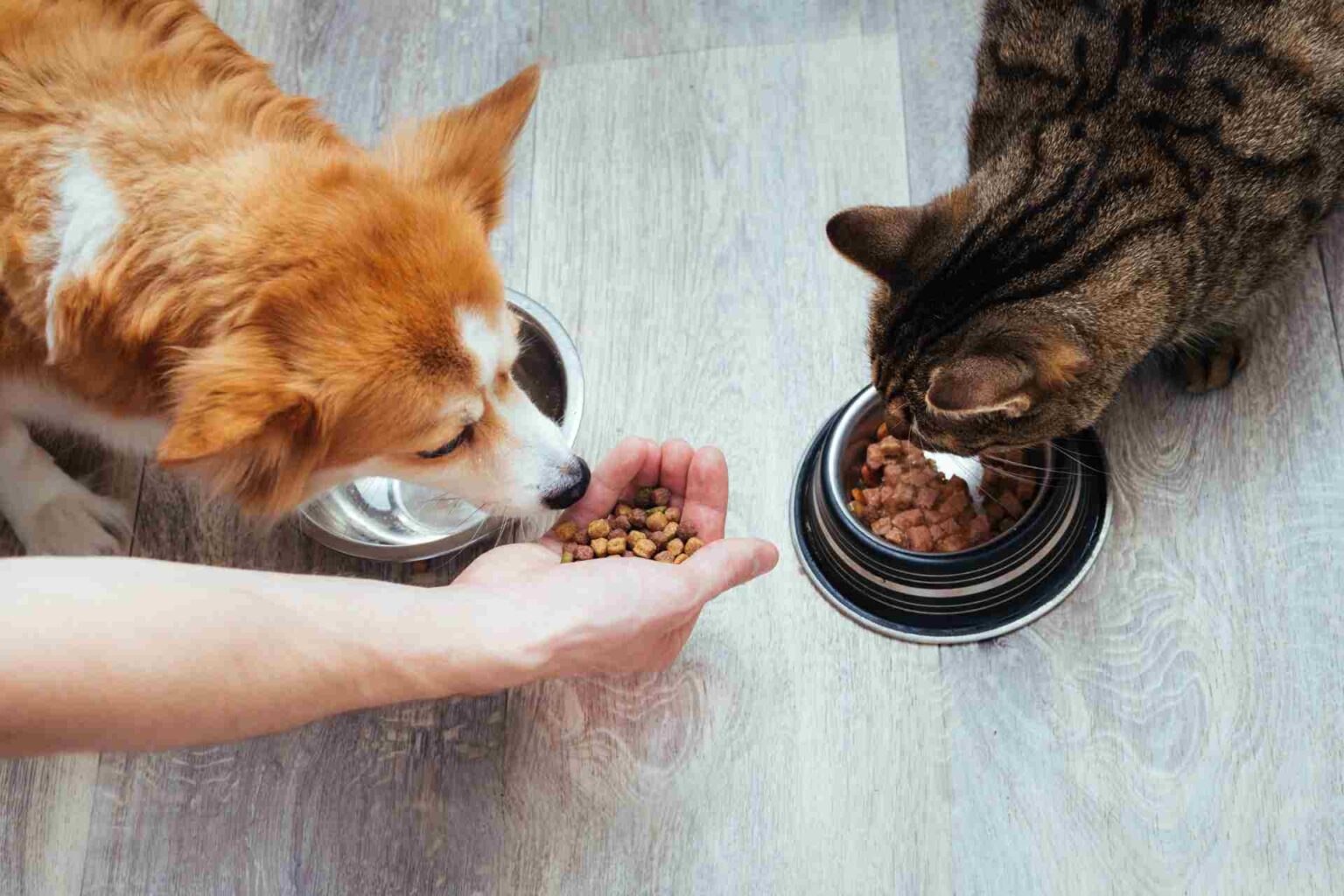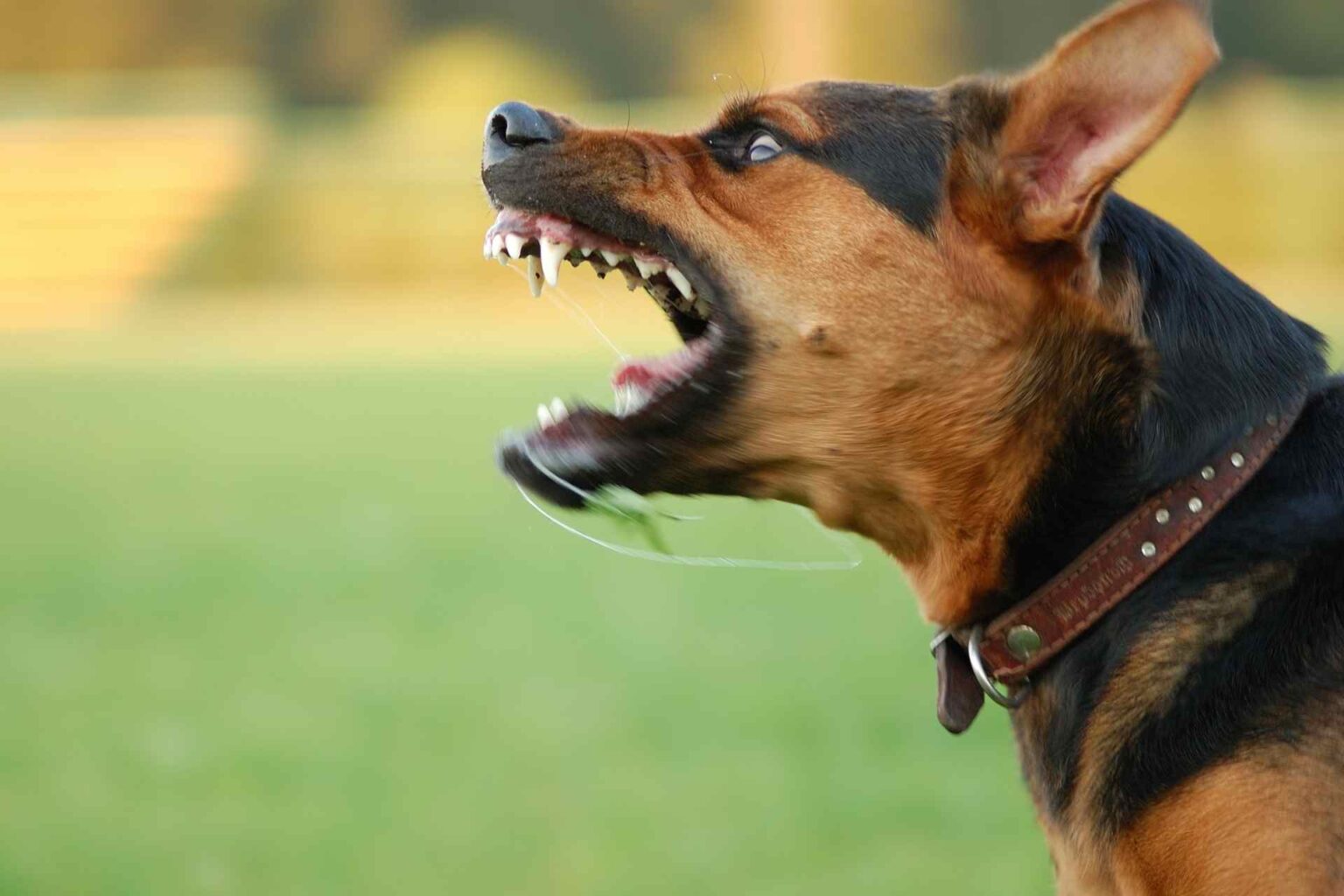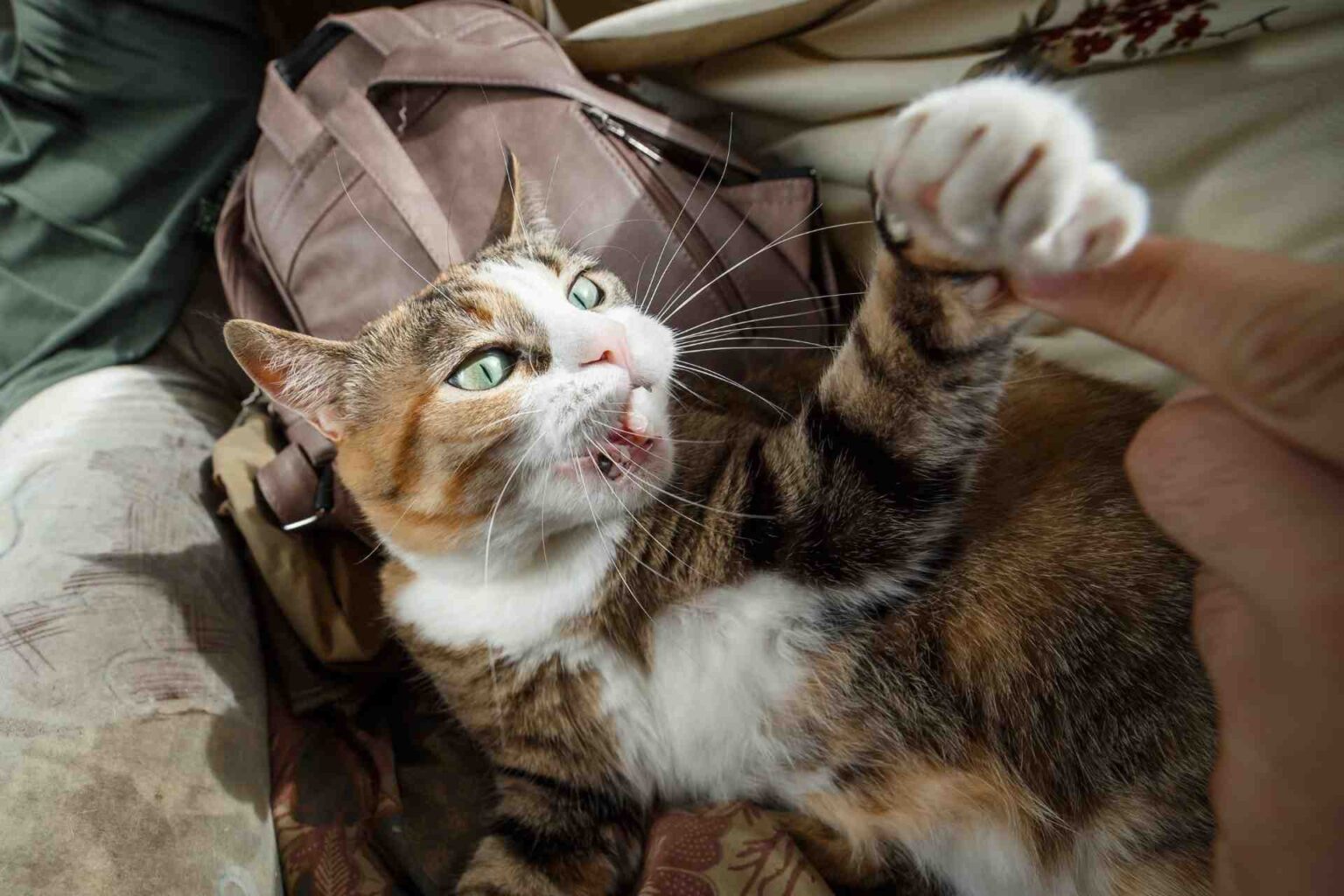Several external synchronizers can change the daily rhythms of mammals during an annual cycle. A recent French study , published in the Journal of Veterinary Behaviour, assessed seasonal changes in the feeding and motor activity rhythms of the domestic cat
Understanding how cats daily and seasonally manage their locomotor activity and feeding behavior with respect to the natural light-dark cycle would help improve the management of their needs in different times and environments.
In fact, many studies have described regular peaks of cat activity near sunrise and sunset, both natural and man-made, showing a tendency for the domestic feline to be dusky. Since the length of the day and the time of twilight vary with the seasons, one might expect, therefore, that the behavior of the animals would fluctuate similarly.
However, most research on motor activity and feeding rhythms in cats focuses on individual seasons, preventing an overall assessment of their general behavior.
The results of a French study
To fill this gap, a team of French researchers, coordinated by Marine Parker, monitored the activity and feeding rhythms of six cats in a natural light cattery for a period of 3 consecutive weeks each season.
The cats (5 females and one neutered male, age 7 months at the beginning of the study) lived in a facility consisting of a main area kept under controlled conditions of temperature and humidity, an indoor courtyard, and a small room open to fresh outside air through slits under and above the windows, separated from the main area by airtight cat flap. The entire structure was exposed to the natural light-dark cycle through large windows.
The cats were fed ad libitum with the same food during all 4 seasons, and each individual had free access to their own food and water bowls (which were renewed daily) as each collar worn by the cats allowed their specific feeding station area to be opened.
More active in spring and autumn
The study found that:
- although under the influence of seasonal fluctuations in ambient temperature and minimum humidity, cats were shown to travel maximum daily distances during spring and autumn and minimum distances during winter;
- activity and feeding rhythms followed a 24-hour periodicity during all seasons, and bimodality was observed, with decreases in distance traveled and food intake around midnight and noon;
- such daily rhythmicity was significant and stable in all seasons, while interseasonal differences in activity level were evident in the timing of daily peaks. However, the daily eating pattern was less influenced by the seasons;
- human interactions systematically enhanced both locomotor activity and food consumption in each season, while spontaneous peaks in feeding and activity increased during the sunrise and sunset periods depending on the season, confirming the dusky nature of the species.
In a nutshell, then, this study shows that natural fluctuations in seasonal daylight modulate the locomotor and feeding rhythms of indoor cats, and that human presence and attention appear to be responsible for the more diurnal patterns in the cats studied.
Flexible eating patterns
For most authors of previous studies, the cat’s feeding pattern was entirely random; some have also shown great variability among individuals, and it has been suggested that the cat has a behavioral repertoire containing different feeding patterns, each used when appropriate.
Contradicting previous claims, Parker’s study, using precise automated tracking technology during 21-day protocols, showed that these felines move and eat with a 24-hour cyclicity in each season, with peaks near sunrise and sunset, although the observed results do not appear to be as striking as those reported for other seasonal mammals.
However, the French authors note that the recorded activity patterns may also have been modified by study conditions, such as the timing of food provisioning and other human assistance activities, which did not vary with the seasons but were factors in stimulating activity and, especially, food intake.
In any case, together, the finding of the species’ general twilight behavior and responsiveness to human activity-being more active during the daytime-highlights once again the behavioral flexibility of the domestic cat.
Conclusions
Parker’s study therefore suggests that it may be appropriate in the domestic cat to adapt housing and feeding strategies on a seasonal basis to ensure adequate space and food availability to meet the varying demand throughout the year. For example: adjusting according to season the energy value of food given ad libitum, to match the apparent lower energy requirements in winter compared to other seasons, as well as aligning the food supply with the hours near sunrise and sunset.
The authors point out, however, that “caution should be exercised when generalizing the results of our study to the general population of cats since, for example, the individuals evaluated were one male and five females and were not yet adults at the beginning of the observations excluding the possibility of any effect of sex, which should instead be the subject of future studies.”
Reference
Parker M, Challet E, et al. Seasonal effects on locomotor and feeding rhythms in indoor cats. Journal of Veterinary Behavior 48 (2022) 56-67 – http://doi.org/10.1016/j.jveb.2021.05.005













